When photographer Akasha Rabut moved to New Orleans from California in 2010, she didn’t quite know what she was getting herself into. She knew about Mardi Gras and the French Quarter, but that was just the tip of the iceberg when it came to Louisiana’s rich culture.
It wasn’t until Rabut’s first Second Line parade that the magic of New Orleans became real. “I think it was 100 degrees outside and the humidity was 100%. These men from a social and pleasure club were in head to toe suits and they had gigantic feather plumes. They were dancing so hard,” she tells TIME. After that, she was hooked. “It was kind of an out of body experience. I thought, ‘Am I having a heatstroke or is this really amazing?’ I think it was a combination of both,” Rabut says.
Second Line parades weren’t the only New Orleans tradition that caught Rabut’s eye. One day, while driving down an urban street, she stumbled upon a sight that she couldn’t get out of her mind. “I would randomly see a man on a horse, with a 40 in his hand and a cigarette, riding as fast as you can down the center divide of the street,” she says. “I started seeing this scene periodically and I was so intrigued by it, and intimidated. I didn’t know how to approach these men.”
But Rabut knew she needed to hunt down these mysterious riders. One night, while riding her bike through New Orleans’ business district, three horse riders appeared, almost as if they had emerged from the ether. She flagged the three men down and struck up a conversation, hoping that they’d be open to being photographed. “It was really serendipitous that I ran into them,” she says. “They said, ‘Come to the stable. Come hang out with us.’”
Many of the riders that Rabut photographs are from a horseback group called “The Game Changerz.” Like other social clubs, Second Lines, and Mardi Gras bands in New Orleans, they rally around a common passion: their horses.
The more time Rabut spent with them, the more her reverence for the riders grew. “A lot of them work for the city, so their jobs start really early in the morning. They feed their horse and then when they get off work at 3 P.M., they go back to the stables and stay until the sun goes down. I think it’s a lot like having a child.”
Many of the riders board their horses at a stable called Child’s Arena. “They have a really intuitive relationship with their horse,” Rabut says. “One of them, Devence, breaks a lot of ‘wild horses.’ Usually, he’ll take a horse that doesn’t get along with anybody and he’ll train it to ride but also to dance, to bounce and be able to interact with people during Mardi Gras. That’s a daunting task because he trains his horse to be around huge crowds, where people are flailing their arms around and throwing beads.”
Rabut plans on staying in the Big Easy so that she can continue to explore and document the urban cowboy culture. She says that she hopes viewers will experience something new through her photographs. “I want people to know that this culture exists, and that the riders are trying to do this really counterintuitive thing in the city,” she says.
Akasha Rabut is a photographer based in New Orleans and New York City.
Janna Dotschkal is a freelance writer based in Washington.
Follow TIME LightBox on Facebook, Twitter and Instagram.


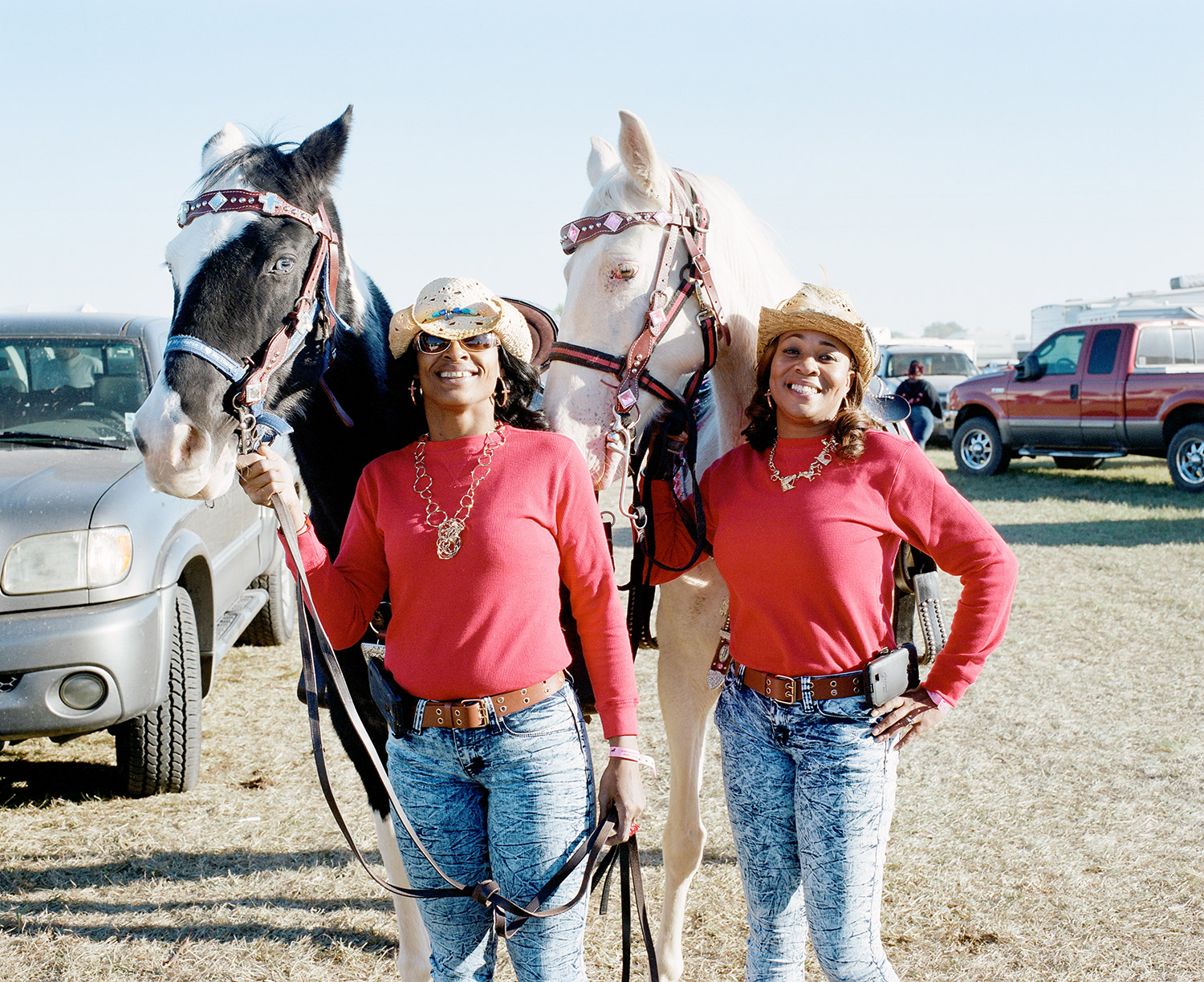
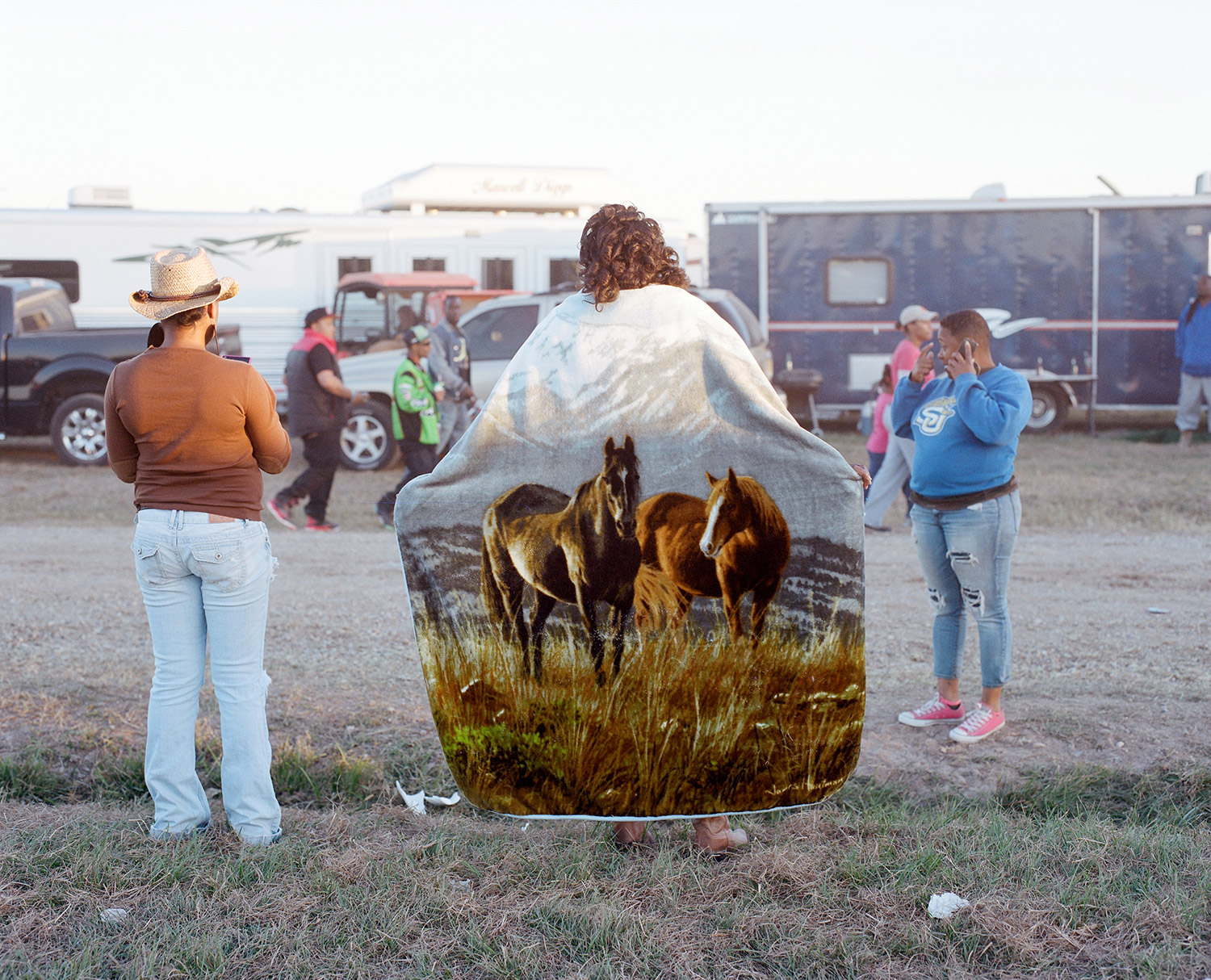



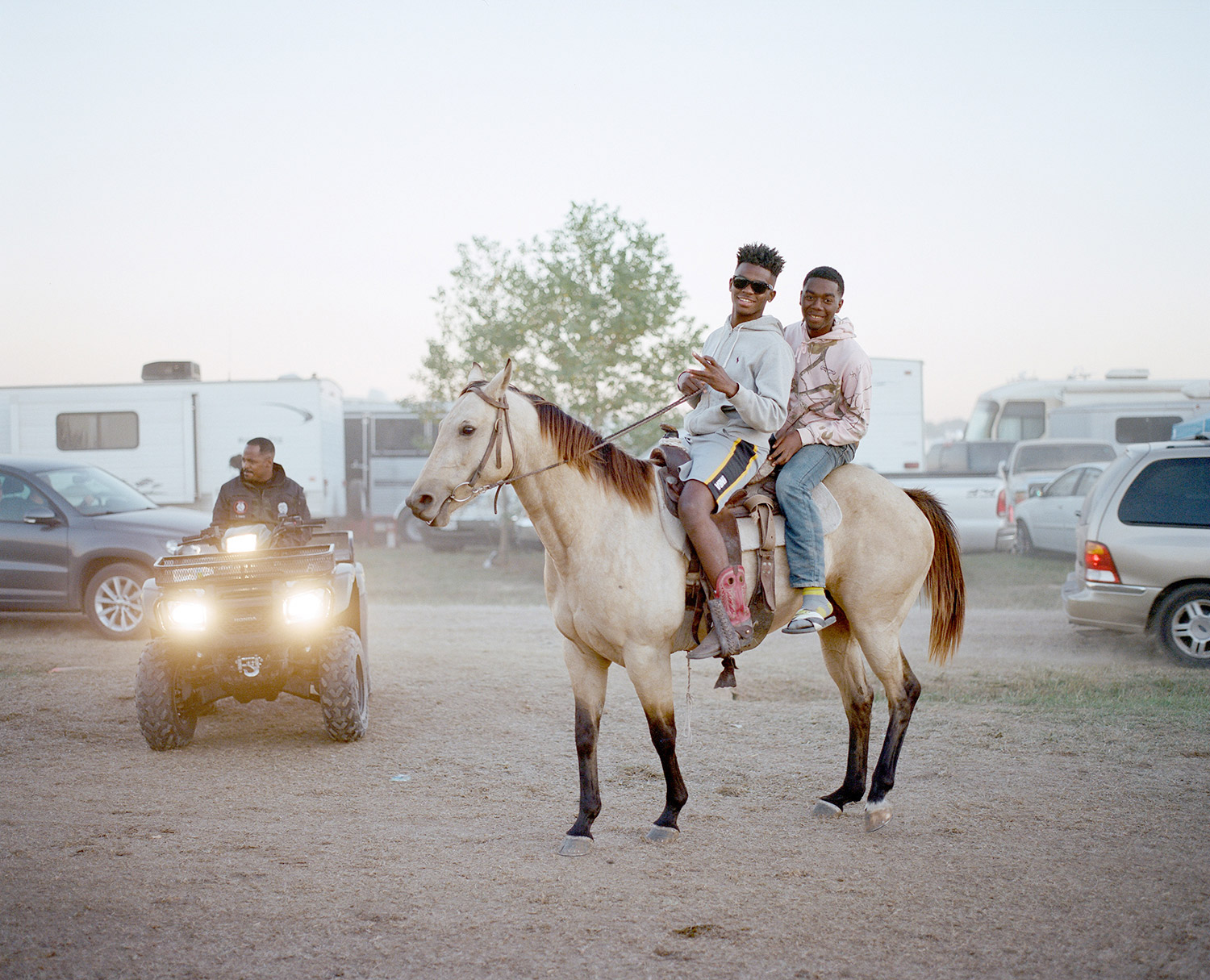

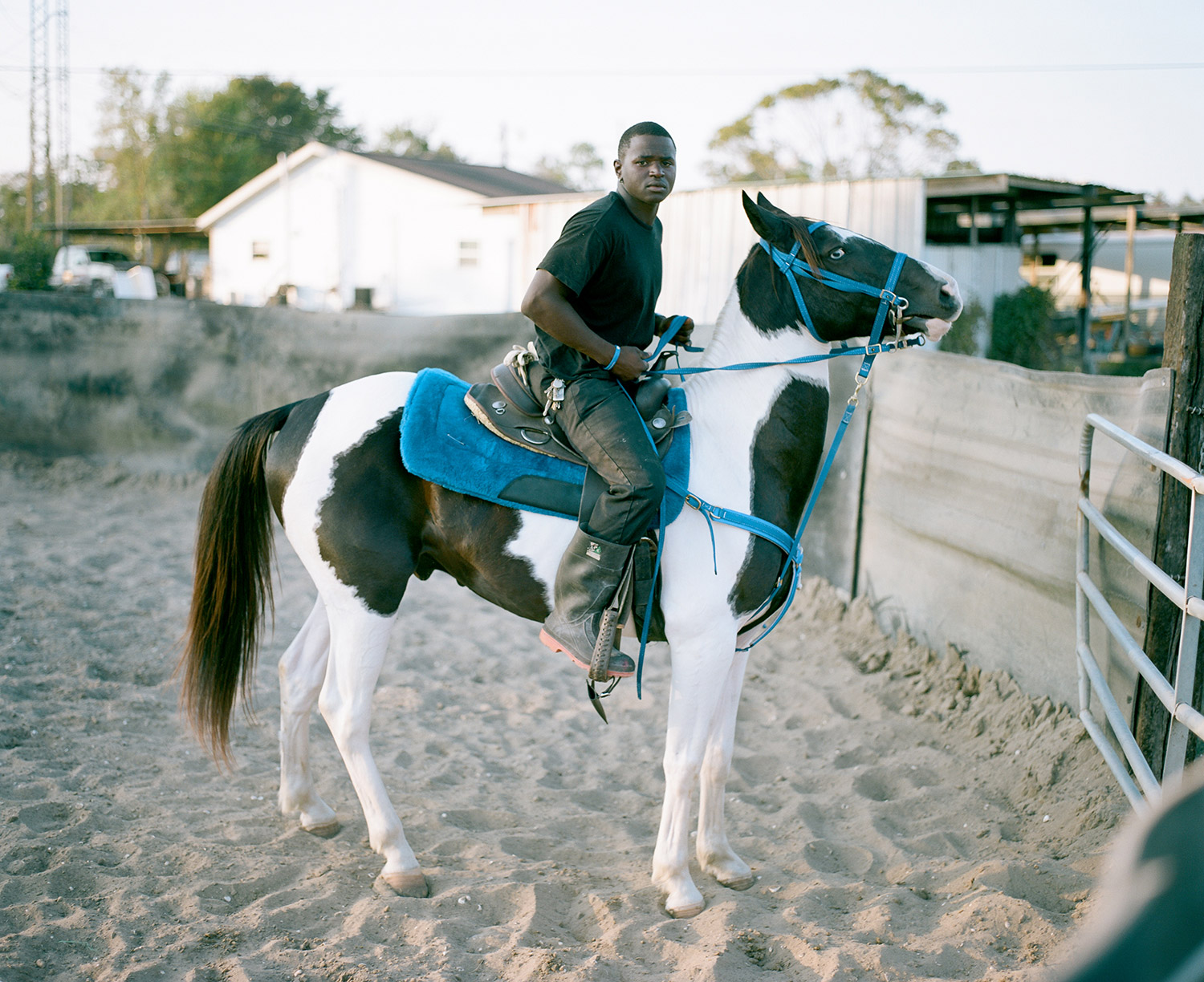



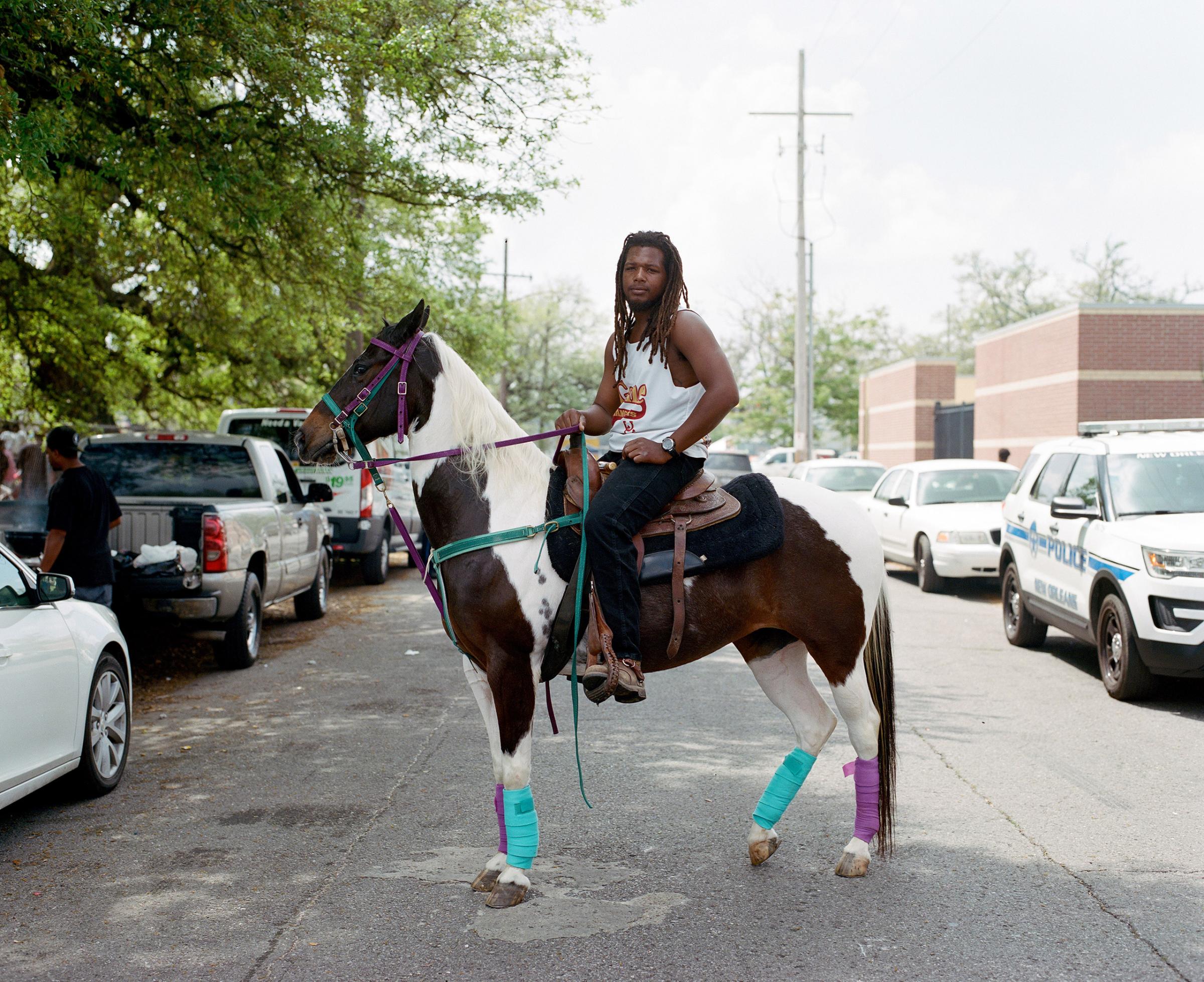
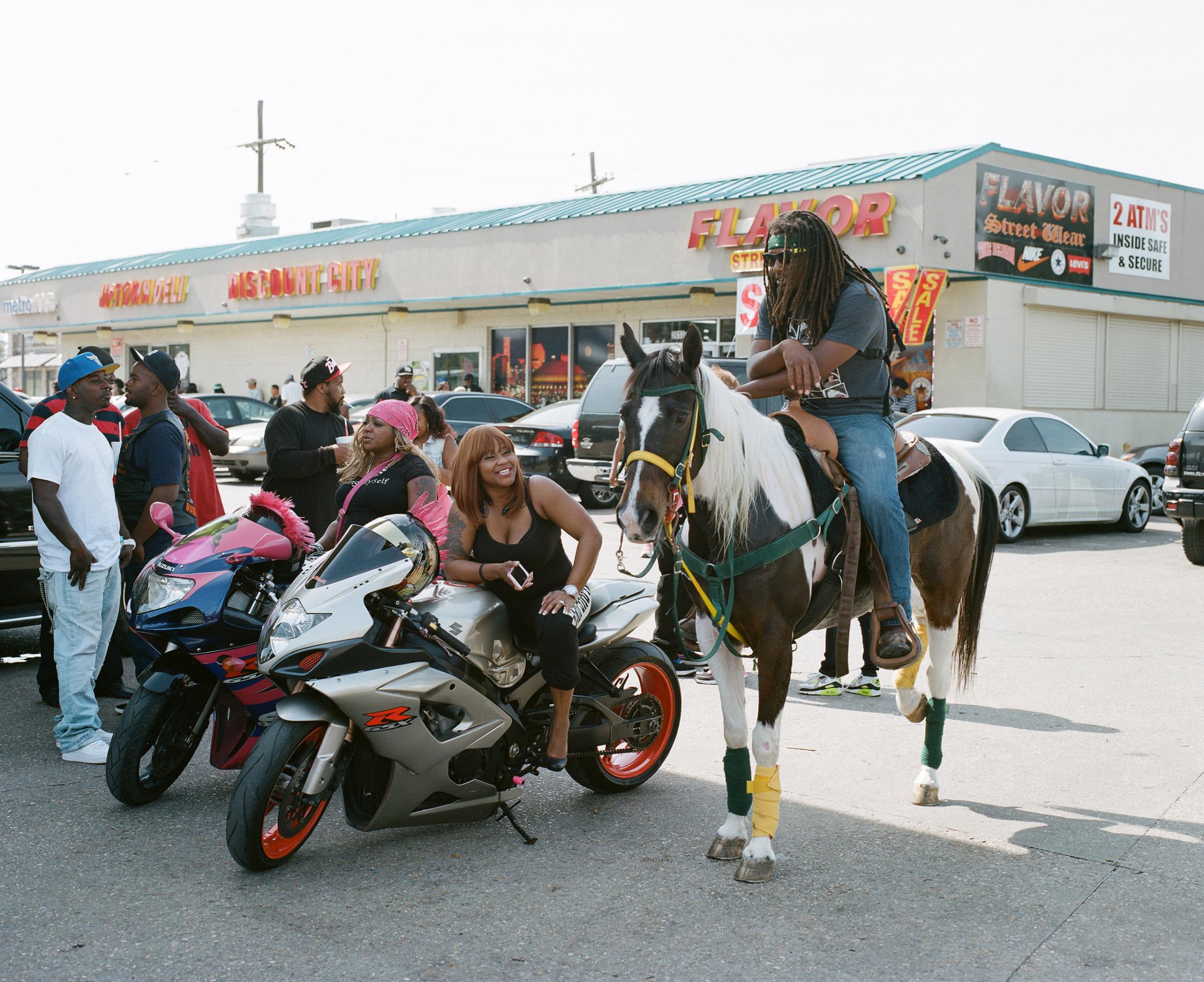
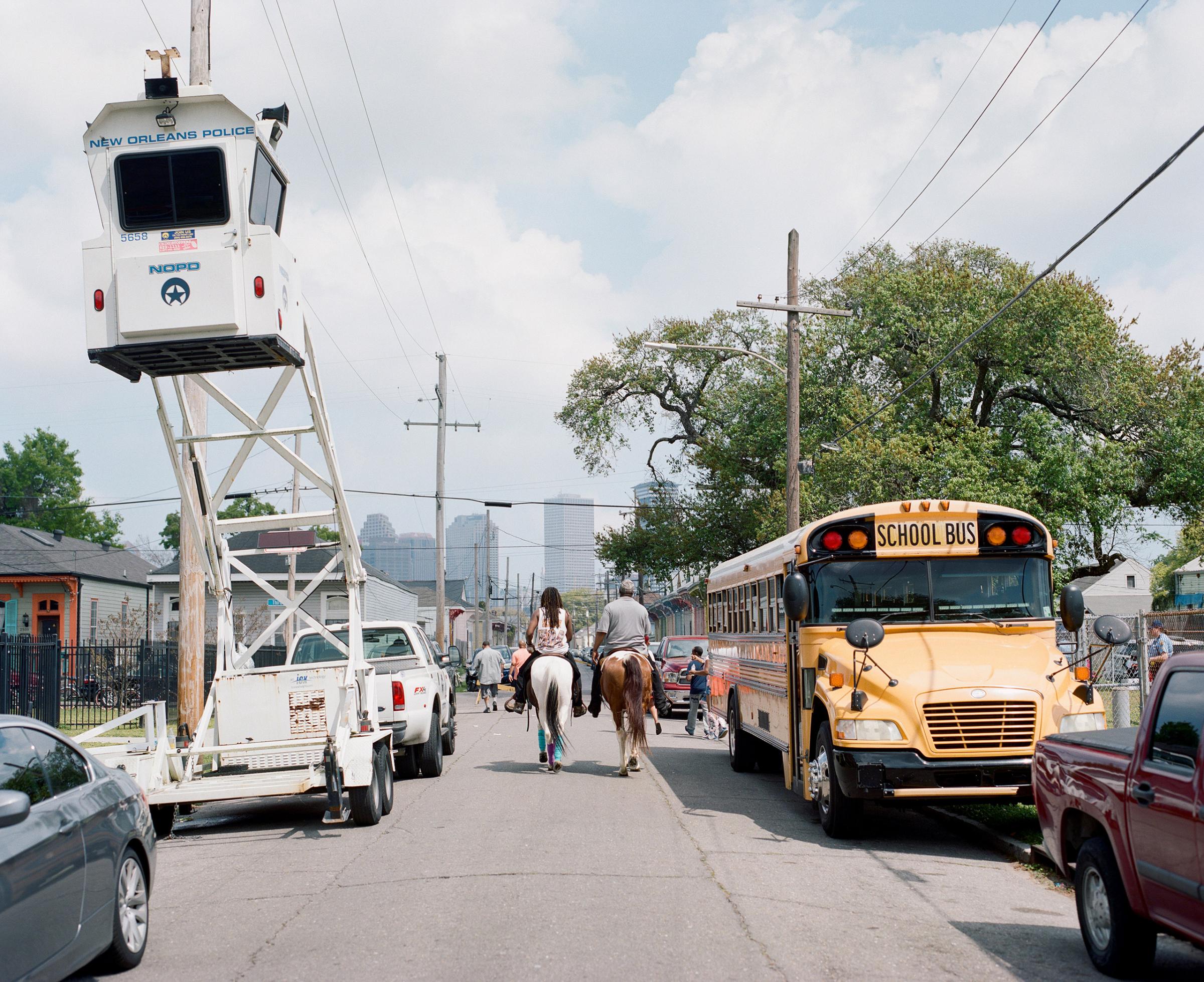
More Must-Reads from TIME
- Donald Trump Is TIME's 2024 Person of the Year
- Why We Chose Trump as Person of the Year
- Is Intermittent Fasting Good or Bad for You?
- The 100 Must-Read Books of 2024
- The 20 Best Christmas TV Episodes
- Column: If Optimism Feels Ridiculous Now, Try Hope
- The Future of Climate Action Is Trade Policy
- Merle Bombardieri Is Helping People Make the Baby Decision
Contact us at letters@time.com